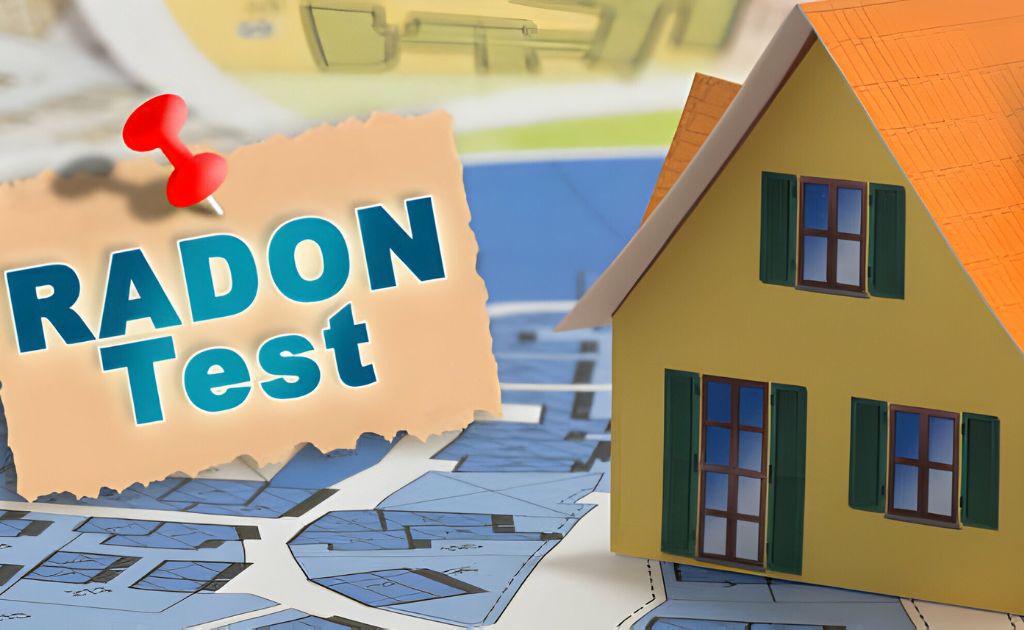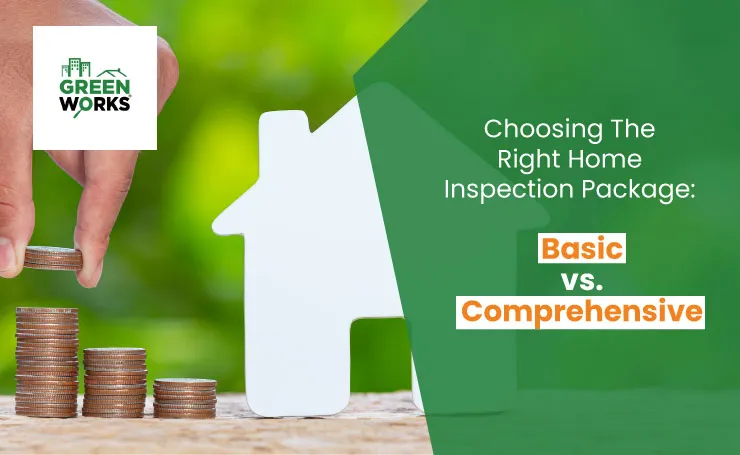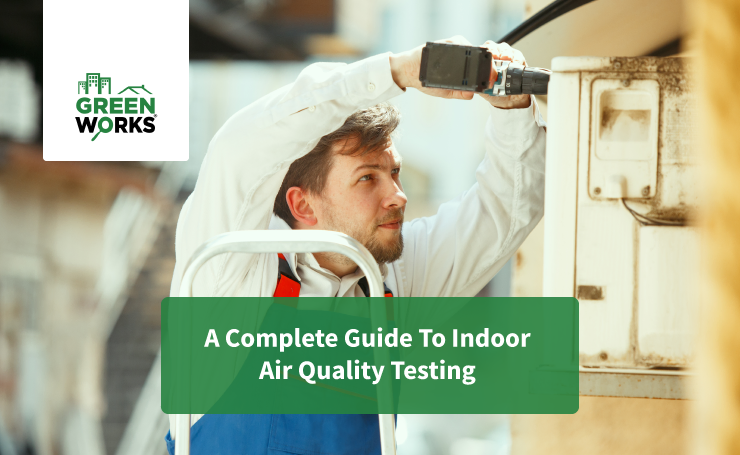Posts

A Comprehensive Guide to Radon Testing for Home Safety
When you own a house, buy… or build one, you might be encouraged to test for radon.
So, if you’ve already decided to conduct radon testing for your house, this is one of the smartest moves you’ll be making. These are important safety measures, as radon exposure can lead to deadly consequences.
But it would be best if you surely had more insights into this important measure, which this blog will be about.
In this blog, we will discuss radon testing in detail and guide you through this significant endeavor of your homeownership, buying, and safety.
Let’s first cover what radon is…
What Is Radon?
Radon (Rn) is a naturally occurring radioactive gas with no taste, color, or odor found mostly in groundwater and soil. This might surprise you, but a small amount of radon originates from your drinking water.
The Environmental Protection Agency (EPA) states that after smoking, radon exposure is the second most common cause of lung cancer. It greatly raises the risk of lung cancer, particularly among smokers.
Only a radon test can determine your house has an actionable radon level.
So, to get an accurate result, you must conduct the test following the manufacturer’s instructions.
A radon level that is dangerous to your physical health is known as an actionable radon level, and it can be found in any home (you might know this, but your house might also have this actionable radon level).
EPA recommends that all homeowners test their properties for radon, but some are more likely to have major levels.
The likelihood that your home has a high radon level depends on its location. You can view a map showing radon zones by state and county on the EPA website. High level refers to Level 1 or 2.
Radon levels in neighborhoods may vary from the indications on the map within a county. Additionally, there is a possibility that the soil beneath your home might have originated from an area with elevated radon levels. This underscores the EPA’s recommendation to conduct testing in all homes.
When is the Best Time to Test for Radon?
If you’re a home buyer, conducting a radon test during the home purchasing process is ideal. Home inspectors, especially those in regions with high radon levels, often offer radon testing as an additional service.
If you didn’t perform a radon test when purchasing your home, especially if you reside in a Level 1 or 2 area, it is advisable to consider conducting one now. You can either test your home for radon yourself or contact the experts.
If your home has a non-actionable radon level and you haven’t made significant changes to your property, there’s no need for additional radon tests. However, after radon mitigation or if you have an actionable radon level, it is recommended to perform another test and repeat it every few years to ensure the proper functioning of the radon reduction system.
Types of Radon Testing
There are two categories of radon tests available:
- Container radon tests
- Continuous radon tests
The container test, commonly chosen for do-it-yourself (DIY) radon testing, is widely accessible at hardware stores or online. Many of these tests are short-term, lasting from a few days to a week, while others are long-term, spanning several months.
Container tests are user-friendly and cost-effective, priced at $20–$30. However, their precision is somewhat limited, and they may yield inaccurate results due to improper test conditions or varying weather conditions.
On the other hand, continuous radon monitor tests are short-term assessments that come at a higher cost, exceeding $1,000. Typically used by professionals, these monitors offer greater precision and can detect fluctuations in radon levels throughout the testing period.
How to Deal with Radon Tests?
Before starting the construction of a new home, especially in a radon Level 1 or 2 zone, it is advisable to discuss radon mitigation measures with your builder. The most common methods involve the installation of either a high-quality vapor retarder or sub-slab ventilation beneath concrete floors.
A vapor retarder, also known as a vapor barrier, employs fans, piping, and a vapor barrier to create a low-pressure environment that collects radon beneath the home. Similarly, sub-slab ventilation utilizes a stone layer with pipes beneath the concrete, connected to a fan that generates suction, safely directing radon from the home to the outside.
Applying similar mitigation measures is feasible for existing homes, especially those constructed over a crawl space or unfinished basement. However, installing vent pipes beneath an existing concrete floor may be less effective, as the pipes might only capture nearby gas.
Qualified radon mitigation contractors should handle these mitigation measures. While do-it-yourself (DIY) radon mitigation can be effective for relatively low radon levels, consulting professionals for more complex tasks is recommended.
Here are some common DIY mitigation measures:
- Seal cracks in concrete floors and the joint between the floor and wall using a high-quality sealant, following the manufacturer’s instructions.
- Seal leaks in heating and air conditioning ducts and equipment located in crawl spaces and basements using mastic or foil tape designed for this purpose.
- Seal openings between occupied areas of your crawl space and basement, including those for plumbing pipes, fixtures such as bathtubs, electrical wires, and heating and air conditioning ducts and pipes.
Conclusion
Ensuring the safety of yourself and your loved ones through radon testing and mitigation is crucial, even though it may seem complex. If you feel uneasy about do-it-yourself projects or prefer to entrust the task to professionals, we strongly advise hiring a qualified radon testing and mitigation professional.
Secure your home’s safety and well-being with Greenworks Inspections! Schedule your comprehensive inspection today for a thorough assessment and peace of mind. Contact us now to prioritize your home’s health and safety.




